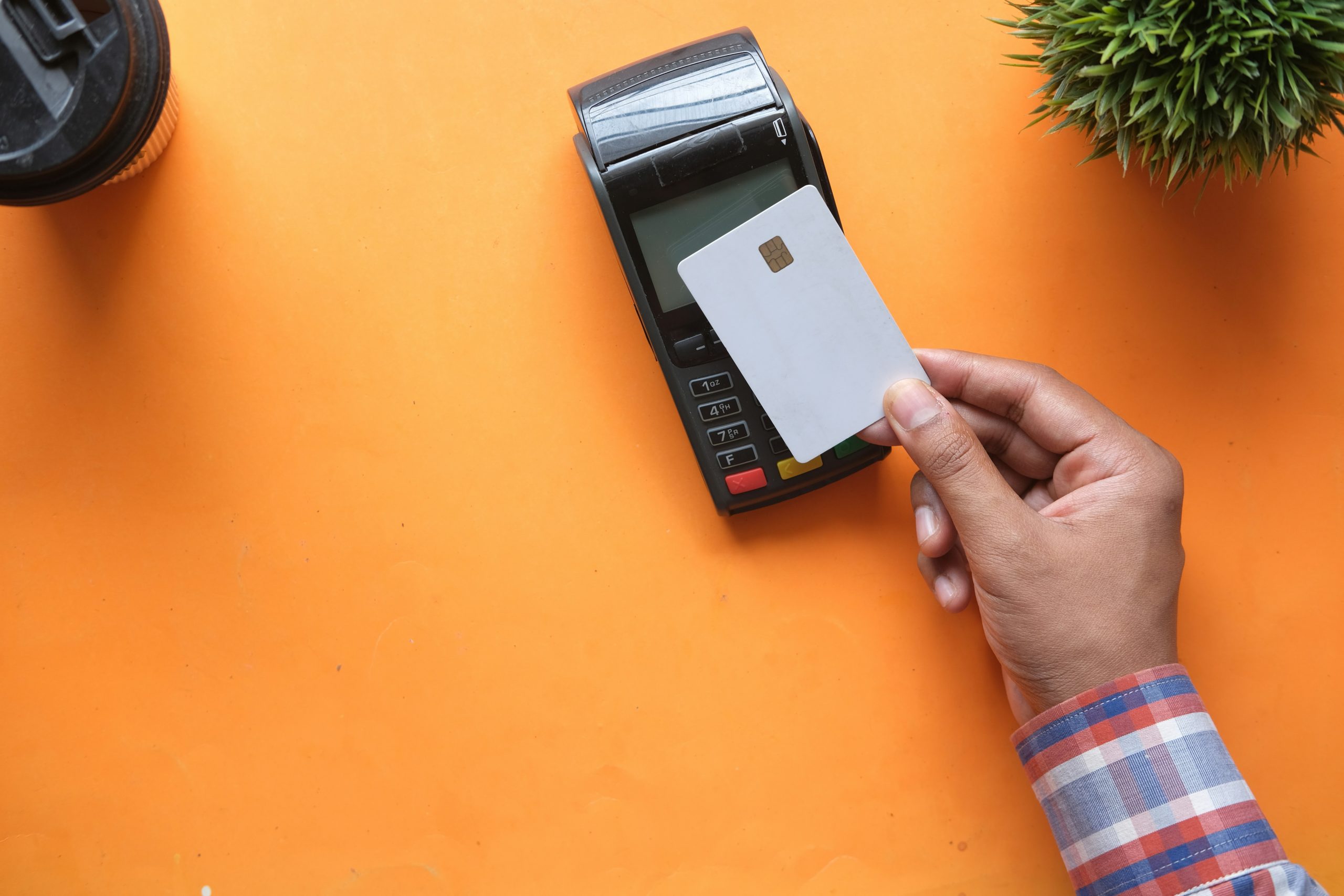Did you know that we typically refer to small payments of less than $10 as micropayments? The world is progressing towards these contactless payment approaches as technology advances. Take your vending machines as an example. Following 2023, most of them have become cashless.
However, our traditional financial systems were not built for micropayments. There are high fees, latency, and infrastructure complexities, making small payments inefficient. This is where decentralized cryptocurrencies come in; we turn to blockchain for speed, reliability, and convenience. This article will walk you through one such cryptocurrency: XRP. Let’s delve deeper into how XRP works to power micropayments.
What is XRP, and How Does It Work?
XRP is a cryptocurrency. It powers the XRP Ledger blockchain, which is a decentralized public blockchain. We use it as a means of exchange to allow for faster cross-border payments. It is essentially a bridge between different currencies, working to transfer value between them. You can use this to transfer money around the world in seconds.
Like all other cryptocurrencies, XRP’s price also fluctuates. However, unlike many others (including Bitcoin) XRP is not “mineable”. It was created in a single transaction. A significant advantage of this is that you don’t need excessive amounts of energy to mine it. As a result, transactions are faster, cheaper, and more eco-friendly. Additionally, there is no mining competition, which helps the network stay stable and predictable.
How Does XRP Facilitate Micropayments?
Here are four ways XRP makes micropayments easier for everyone:
Low Transaction Costs
XRP has a very low transaction fee, usually less than a dollar. Traditional payment methods like credit card processors charge a flat fee or a percentage that might be more than the value of the transaction itself. This makes small payments impractical. It doesn’t make sense to send a payment of, for instance, $0.20 with a $0.50 transaction fee attached to it. XPR is a game-changer for micropayments here. It will only cost you a small amount to pay the sum, sparing you from excessive transaction fees.
With XRP, you don’t need banks or intermediaries. You send money to businesses directly, which helps avoid hidden costs. There will be no costs associated with bank transfers, currency conversions, or payment processors. This will save you both time and money. It will also be easier for you to tip creators.
Fast Settlement
XRP is one of the fastest digital assets for moving money. In contrast, traditional systems can take hours or even days to process payments, especially across borders. Even other cryptocurrencies cannot keep up with this speed:
- Bitcoin takes 10 to 60 minutes.
- Ethereum takes 13 seconds to 30 minutes.
While this fast settlement makes all transactions convenient, it is especially crucial for micropayments. This is because a lot of micropayments call for instant transactions. Take in-game purchases or instant content access as examples; you want transactions to occur instantly so you can continue browsing or playing. The lightning-fast speed of XRP makes this possible.
This fast settlement speed also enables real-time billing, where you are charged per second of interaction without delays. There is no uncertainty about when or if a payment will go through, making the experience smooth and seamless.
Scalability
XRP can process up to 1500 transactions per second (TPS). Let’s compare this scalability to that of two other cryptocurrencies:
- Bitcoin can handle five transactions per second.
- The average TPS of Ethereum is approximately 10.
We can see that XRP offers more than 1000% TPS. But how exactly does this facilitate micropayments? Think of high-frequency environments like IoT devices sending data every second. They require a network that can handle high-volume, low-value transactions with minimal issues; XRP offers this.
The same goes for games where players make dozens of small purchases every minute. The system must perform consistently under load with minimal delays to ensure a good user experience. This makes XRP an ideal choice for businesses in sectors like gaming, advertising, and machine-to-machine (M2M) commerce.
No Chargebacks
Credit card and PayPal transactions are reversible. This means that users can dispute charges and claim a refund even months later. Remember that we are talking about micropayments here, so the cost of handling the dispute will likely end up being more than that of the transaction itself. Merchants might incur severe losses as a result.
In contrast, XRP payments are irreversible. This significantly reduces the risk of fraud or abuse. The certainty is incredibly valuable in digital downloads, content subscriptions, or virtual goods. Developers can scale and automate without the need for complex fraud-prevention systems. On the user side, this can build better trust, reducing friction. Consequently, transitions on both sides will likely become faster and more efficient as the parties share responsibility.
Endnote
XRP makes micropayments possible and practical. It brings speed, cost-efficiency, and scalability to the table, making processes convenient and easy. It empowers both developers and customers, making it a powerful tool for advancing the digital economy. As micropayments continue to evolve, this cryptocurrency will likely stand out to secure the future of decentralized payments.



